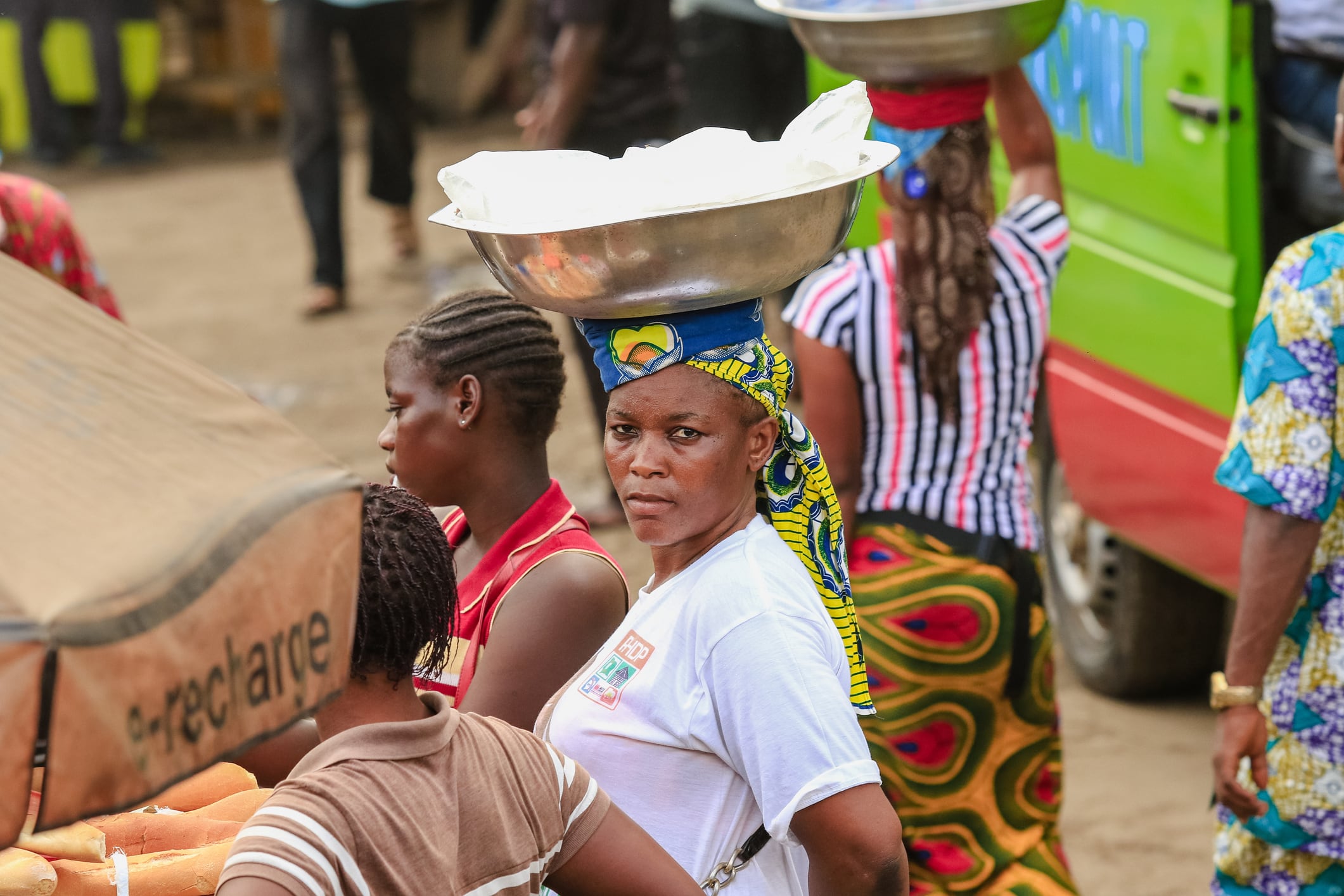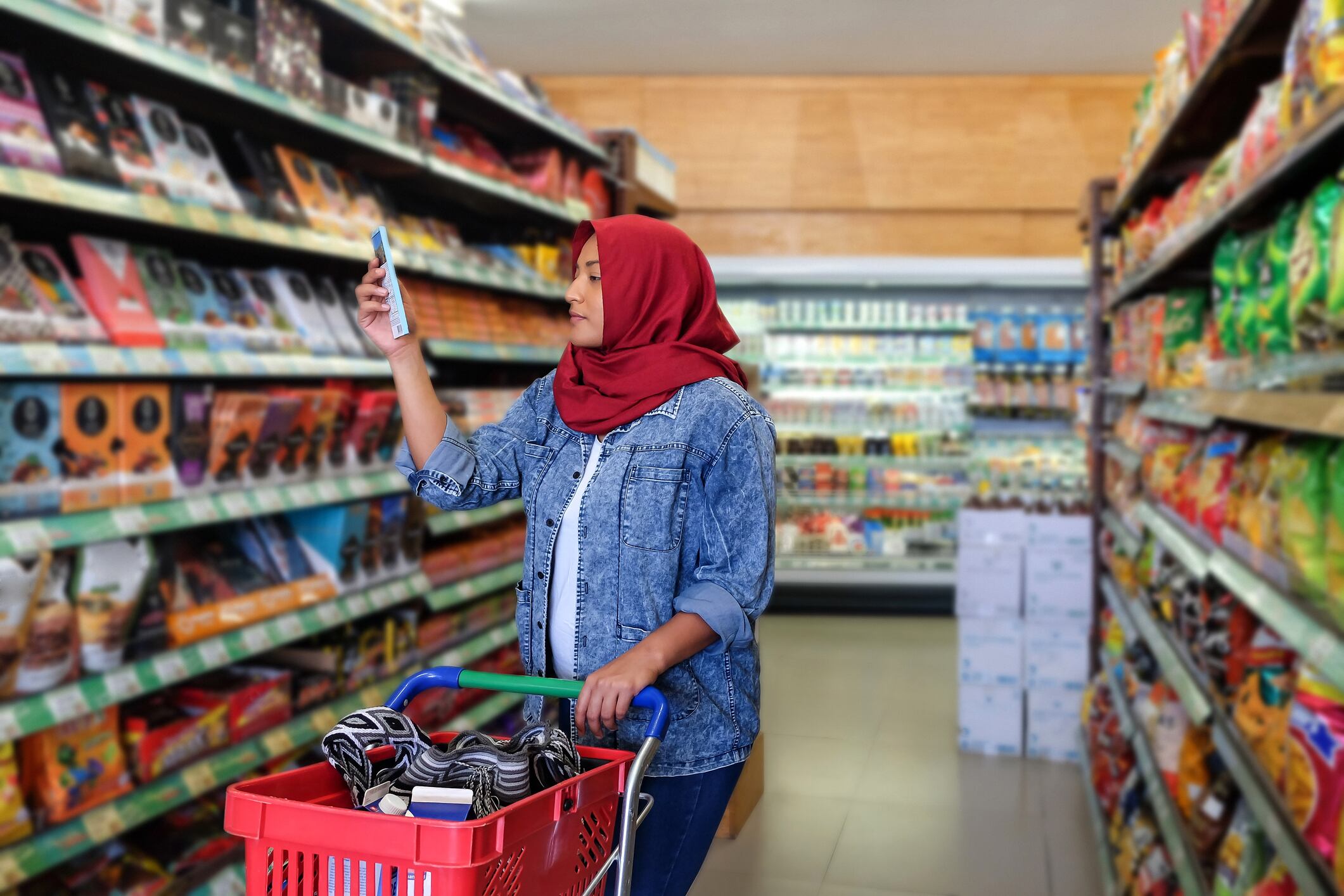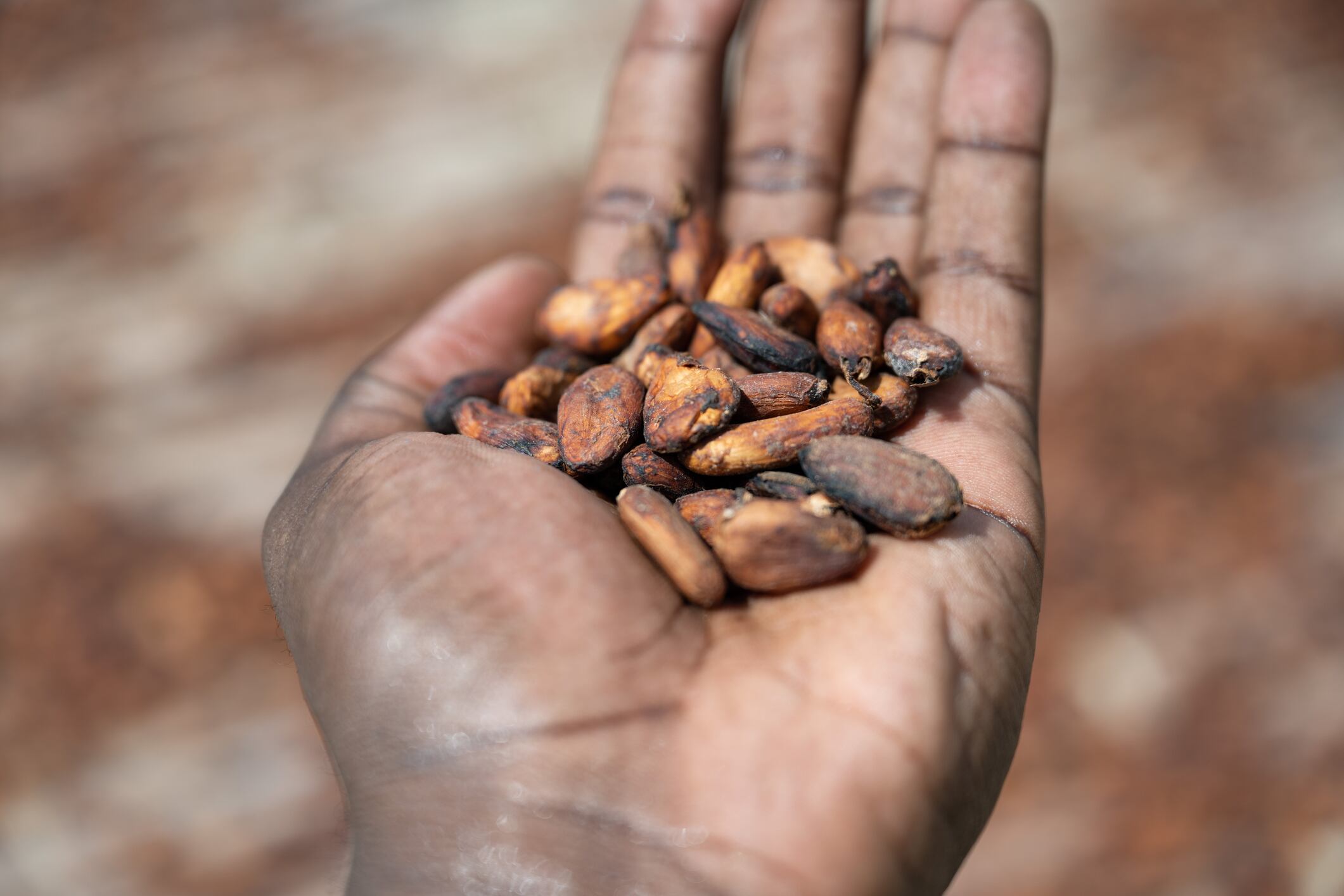Cocoa crisis summary: What is driving cocoa prices today
- Cocoa prices remain high but lower than early 2025 peaks
- Côte d’Ivoire election may influence farmgate cocoa pricing policy
- Rainfall boosts trees but poor flowering risks bean shortage soon
- Ageing plantations and swollen shoot virus threaten future yields
- Big brands hedge and diversify while small ones face financing gaps
Cocoa prices are at the forefront of manufacturers’ minds around the world.
While prices have somewhat stabilised since the dramatic spikes of April 2024 and January this year, there is still every possibility that this will not last.
A number of factors could affect prices. On October 25, Côte d’Ivoire, the world’s biggest cocoa producer, will see its presidential election. Meanwhile, the cocoa harvest is in full swing, and the quality of yields there will have a significant impact on prices.
As prices remain high, albeit not as high as seen previously, companies big and small try to ride the tide.
Impact of the Ivorian election on cocoa policy
Côte d’Ivoire’s upcoming presidential election will decide the political fate of the world’s largest cocoa producer.
Many commentators expect the country’s incumbent President, Alassane Ouattara, to win reelection.
President Ouattara recently announced that farmgate prices have been raised to 2,800 CFA francs (€4.27) per kilogram. His victory could affect the implementation of this policy.
Farmgate prices, of course, have the potential to affect what manufacturers end up paying.
Rural workers are a key part of the electorate in Côte d’Ivoire, explains cocoa analyst Ousmane Attai Ouedraogo. Therefore, campaigns during an election aim to attract their votes.

Progress of the cocoa harvest
In September, not much significant change was expected from the cocoa harvest. The main harvest usually takes place from October to June.
Cocoa trees are currently showing better potential due to good rainfall, explains Ouedraogo. For a good harvest in the main season, however, rain would need to continue until the end of November.
However, both flowering and cherelles (young cocoa pods) are lacking, and there is a risk of a bean shortage from January onwards.
One of the underexplored risks to cocoa harvests is ageing plantations, suggests Ouedraogo.
As plantations age, they become less efficient at producing yields and more susceptible to diseases such as swollen shoot virus. However, many farmers lack the financial capacity to replace them. Even the soil around them is often depleted due to lack of fertiliser, which many farmers can’t afford.
How companies are weathering the cocoa crisis
On the business side, companies have shown varying ability to weather the cocoa crisis. Unsurprisingly, perhaps, it is the largest who have been coping with high prices the best.
Large companies have scale on their side. Up until now, they’ve mitigated the impact of the crisis through hedging, diversifying their portfolios and pushing up prices.
This last factor has meant that premium chocolate has survived fairly well, although mass market has struggled as consumers turn away from higher prices.
But that’s the short term. “Looking ahead, they’re focusing on efficiency and brand strength to stay competitive, while also investing in longer-term resilience—strengthening sustainable sourcing and making early bets on cocoa-free innovation to reduce reliance on a fragile supply chain,” explains Julia Buech, senior specialist for food and agribusiness at Rabobank.
Smaller brands are more exposed, lacking tools like hedging that larger companies use to insulate themselves. Thus, they have to rely on other tactics.
One of these is leaning on strong brand narratives, such as sustainable sourcing. This has worked for some, with Tony’s Chocolonely continuing to expand internationally.
Not all brands have come so well out of the crisis, explains Buech.
“Others, especially smaller premium players without the same brand strength, face tougher conditions as consumers trade down and financing becomes harder to secure.”






